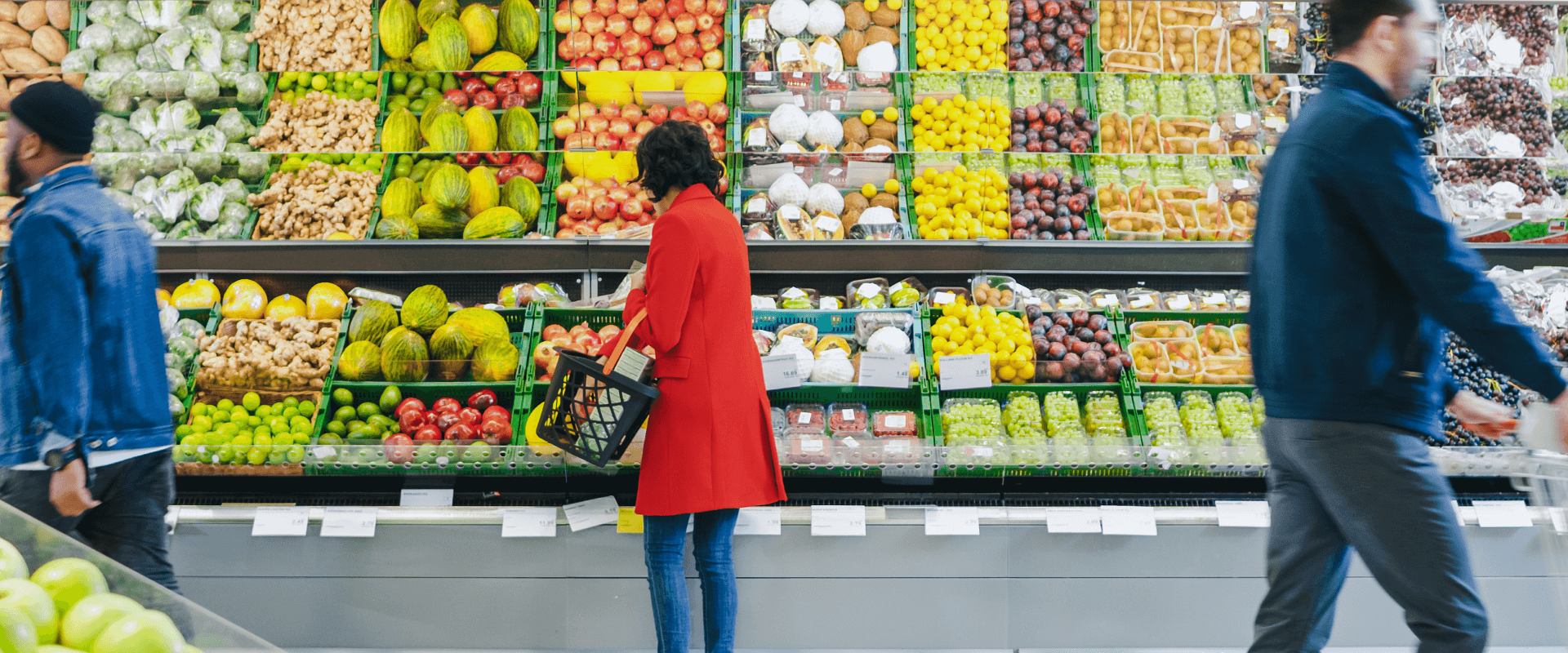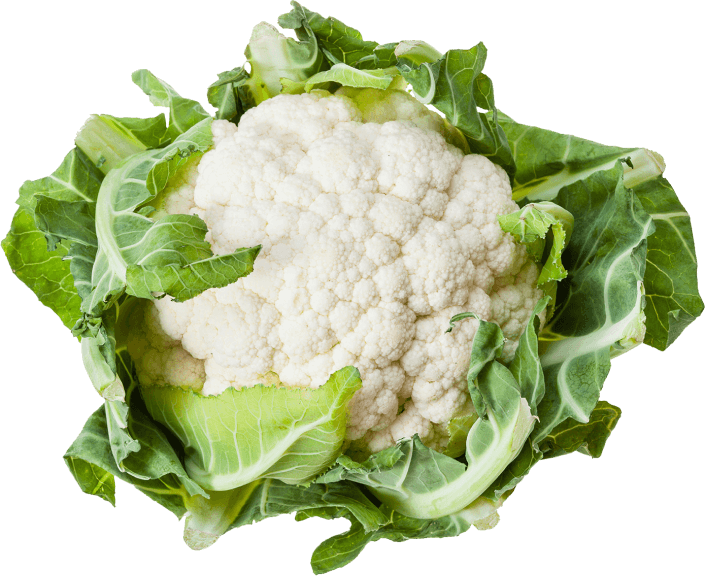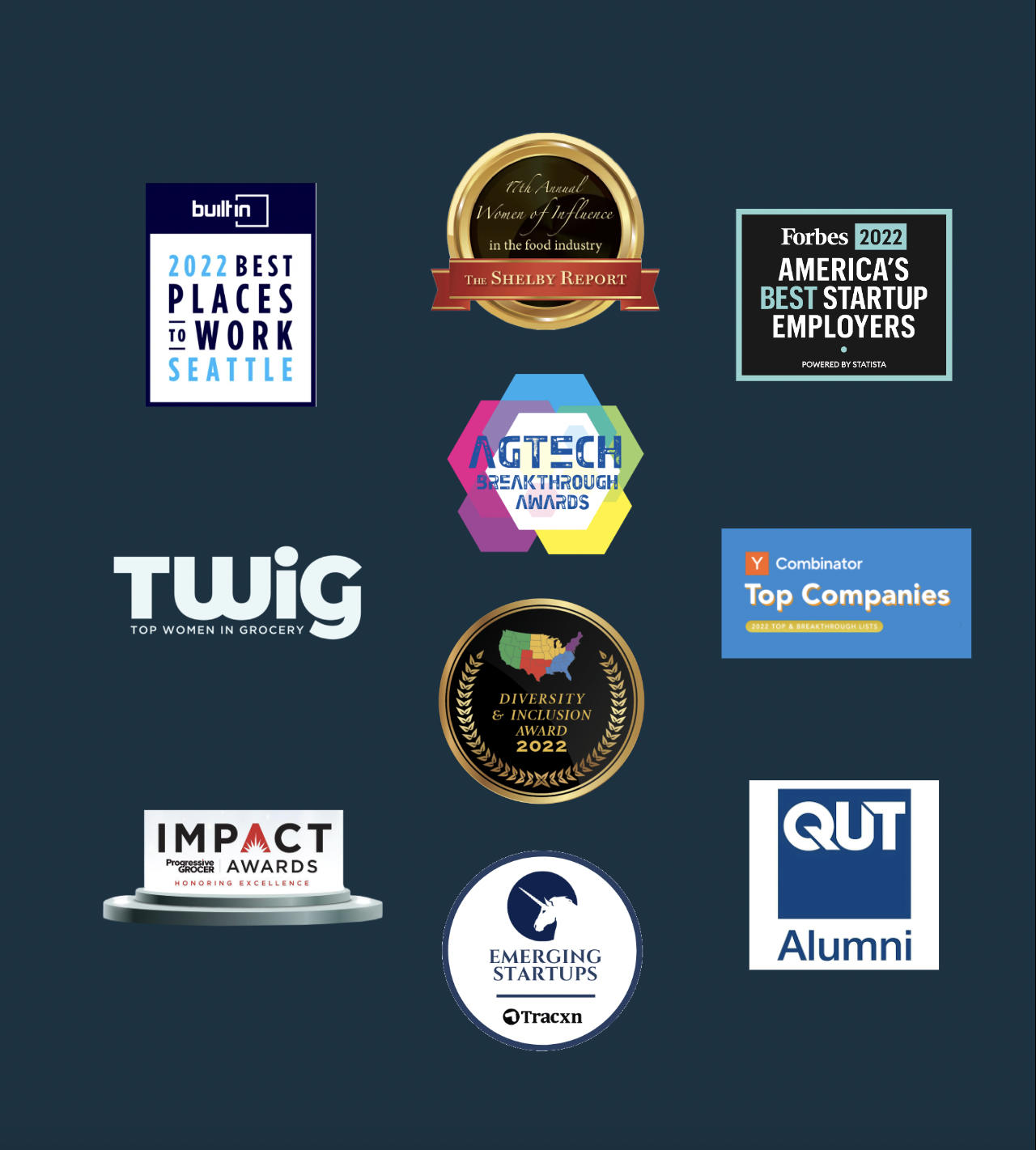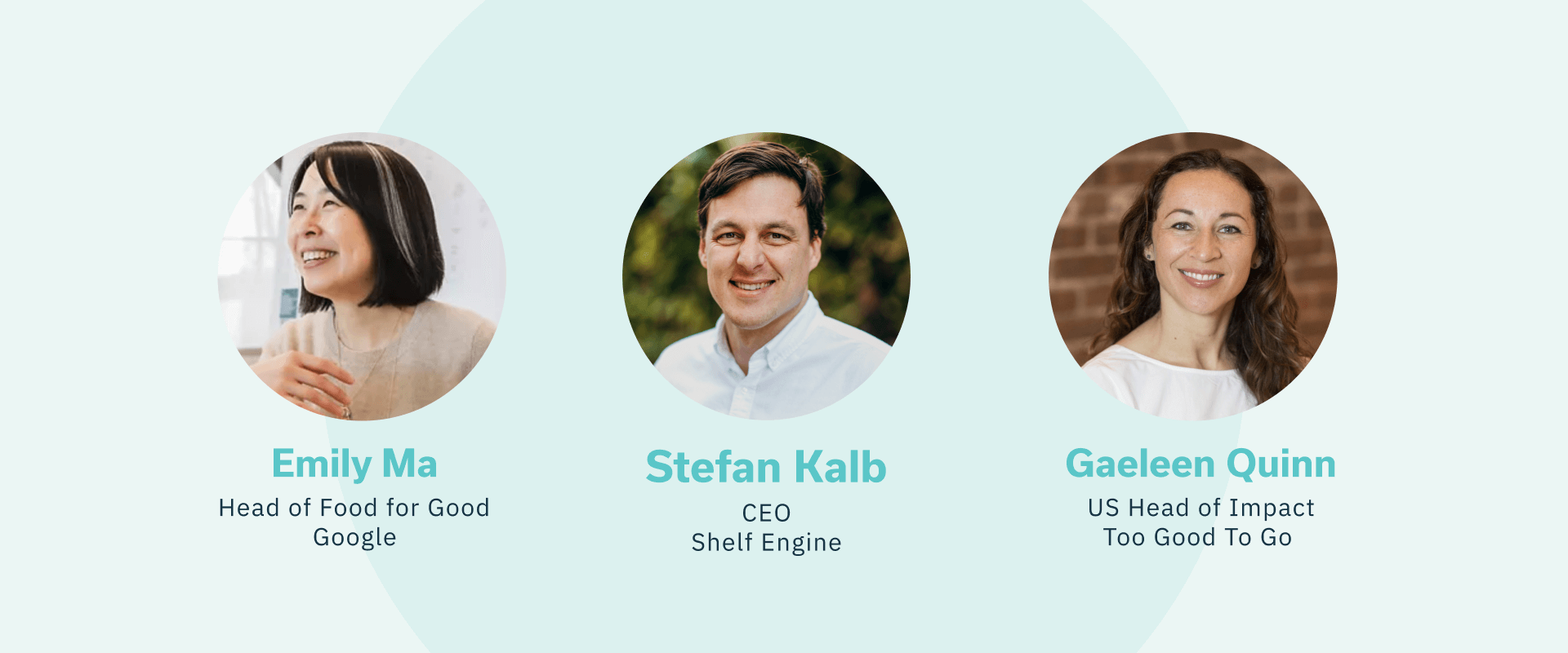This website uses cookies so that we can provide you with the best user experience possible. Cookie information is stored in your browser and performs functions such as recognising you when you return to our website and helping our team to understand which sections of the website you find most interesting and useful.
3 Habits of Green Grocery Leaders

Support for green grocery innovation has been gaining momentum across the industry. The Fresh Thinking podcast explored one retailer’s progress in an episode featuring Mark Koppang, Director of Sustainability of Raley’s, a regional grocery chain with 126 locations serving California and Nevada.
Responsible for making Raley’s a leader in supermarket sustainability, Koppang’s role sits at the intersection of customer experience, retailer strategy, vendor interests, and compliance. In this episode, Koppang shares what makes the Raley’s sustainability program so inventive and describes his leadership approach to helping further scale the green grocery movement.
Key episode takeaways
Koppang has long encountered scalability as the biggest barrier to environmental initiatives gaining support in grocery retail. With innovation driving most change in the industry today, opportunities abound for sustainability leadership that supports people, our planet, and profitability alike.
Strategic green grocery leaders:
- Proactively seek partnerships
- Examine the status quo
- Go beyond compliance
1. Green grocery leaders proactively seek partnerships
“Customers oftentimes buy in to a company before they buy from a company,” Koppang reflects. “This buy-in process is bolstered by a good sustainability story—one that is actually believable.”
One way that story is knit together is through partnerships. Aligning resources to coordinate sustainability efforts amplifies outcomes while creating a broader platform for sharing the positive impact. Highly synergistic partnerships also yield more engagement with the public, in turn providing more fuel to the green grocery movement.
Koppang describes the food waste diversion partnership between Raley’s and the University of California, Davis as one example of this synergy. Any unsold food that is not sent to food rescue or repurposed as animal feed goes to the UC Davis biodigester. There, something otherwise bound for the landfill (where the majority of food waste goes) is processed into two useful products—natural gas and fertilizer.
Koppang estimates that half of his time is spent evaluating the many partnerships and solutions that cross his desk, sometimes pulling in outside parties to lend their subject matter expertise to round out this analysis. Critically, the other half is spent proactively prospecting for innovations that could be deployed within the Raley’s organization to deepen their commitment to environmental leadership in grocery retail.
2. Green grocery leaders examine the status quo
“Innovation and change are constant in this business … Part of my job,” Koppang describes, “is to take those great ideas that come in and push through the tyranny of the immediate and try to get some headspace from people around a new way of doing things.”
Perhaps one of the least changed, most status quo functions of grocery operations is ordering—despite being a key lever in solving the problem of retail food waste.
“How do we reduce food waste? The number one way we do it is by buying more effectively,” Koppang asserts. He believes that the source of most grocery retail waste stems from not being efficient in purchasing. This results in buying too much product and wasting it, or not buying enough and missing sales opportunities.
Why do sophisticated retailers still struggle to understand the precise amount of food to order? The complexity involved with the task is staggering and multi-faceted. SKU proliferation, and therefore vendor proliferation, has put so many choices on store shelves. This leaves retailers juggling thousands of suppliers to order tens of thousands of items—every day for every location. While reducing selection is one path to efficiency, it’s often at the expense of consumer satisfaction that drives market share.
“It’s about us trying to be as responsive as we can to the changing needs of the consumer so that we can continue to be successful … There are going to be things we did for a long time that we’ve hung our hat on as being successful that have to take a back seat or have to be deemphasized.”
In search of a better solution to a decades-old challenge, many retailers are turning to intelligent forecasting and automated ordering solutions to lower operating expenses, ease retail labor burdens, and generate less food waste while maximizing profit.
3. Green grocery leaders go beyond compliance
Koppang cites supermarket refrigeration as a massive contributor to greenhouse gas emissions. The catalyst for more sustainable refrigeration has come from changes in regulation. In response, Raley’s will spend more than $11 million to get its stores into the revised refrigeration compliance by 2030.
Significant investments like these reap no operational benefit to the retailer, despite yielding a more greenhouse gas-friendly business. Ahead of the curve, Raley’s was the first retailer in California to receive GreenChill Gold Level Certification by the Environmental Protection Agency.
While it’s true that some green grocery innovations come with a sizable price tag, others can pay dividends—especially when they closely align with customer expectations. Koppang shares, “In most cases, sustainability has proven to be good business. Period.”
Understanding that sustainability is more important to consumers now than ever before, Raley’s has worked with suppliers to integrate its humane treatment standards into their operations. “It’s important to customers, and it’s important to us,” he says. Already meeting California’s requirements for pork ahead of compliance timelines, Raley’s has cracked other animal protein initiatives that are essential to its business, including universal cage-free eggs.
To reduce its ecological footprint, Raley’s has implemented countless inventive strategies to cut waste, conserve energy, and minimize carbon dioxide emissions. The chain’s food waste initiatives in 2020 donated 4.8 million pounds of food to those in need and converted 17 million pounds of organic waste into bio-natural gas. By incorporating retailer, vendor, and consumer-led improvements into its operations, Raley’s is a pioneering example of green grocery innovation.
About Fresh Thinking
Fresh Thinking is a video podcast exploring the latest innovations and trends influencing the future of the fresh food industry. Produced by Shelf Engine, each episode features a pioneering grocery leader discussing the industry’s most pressing issues and opportunities. Join us where food retail innovation, technology, service, and sustainability collide and get consumable grocery insights you won’t find anywhere else. For more, visit freshthinkingpostcast.com.

Fresh, delivered.
from the Shelf Engine team.
By providing your email, you agree to the Shelf Engine Privacy Policy.




